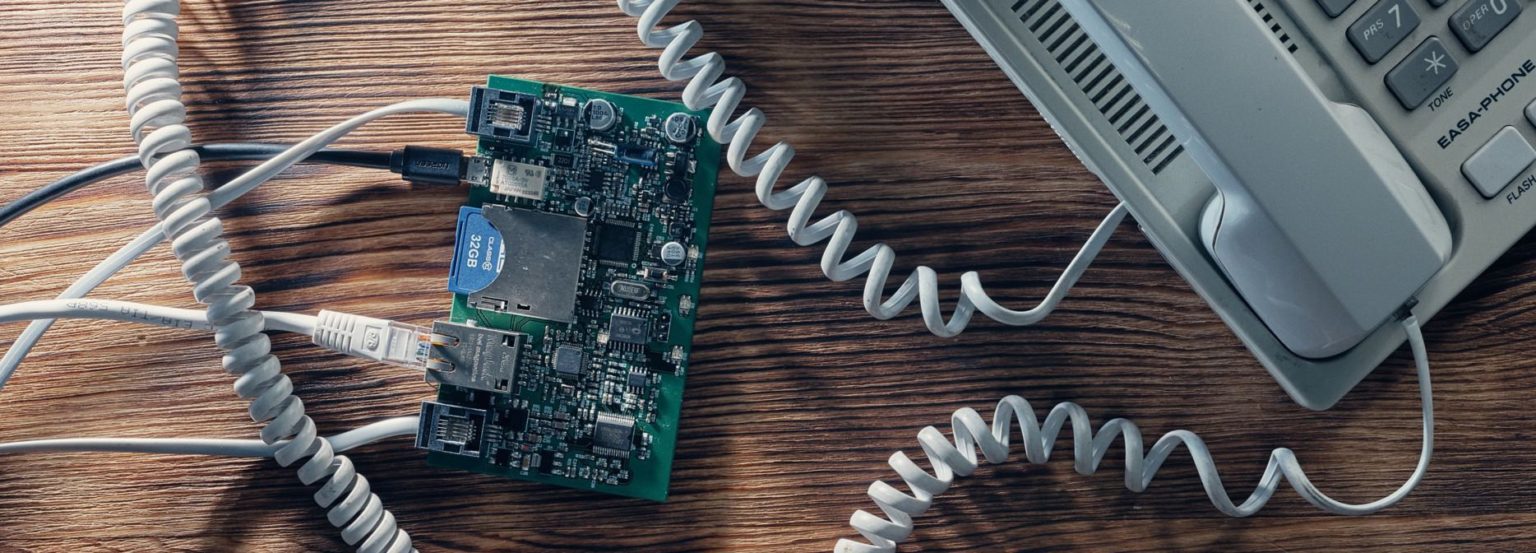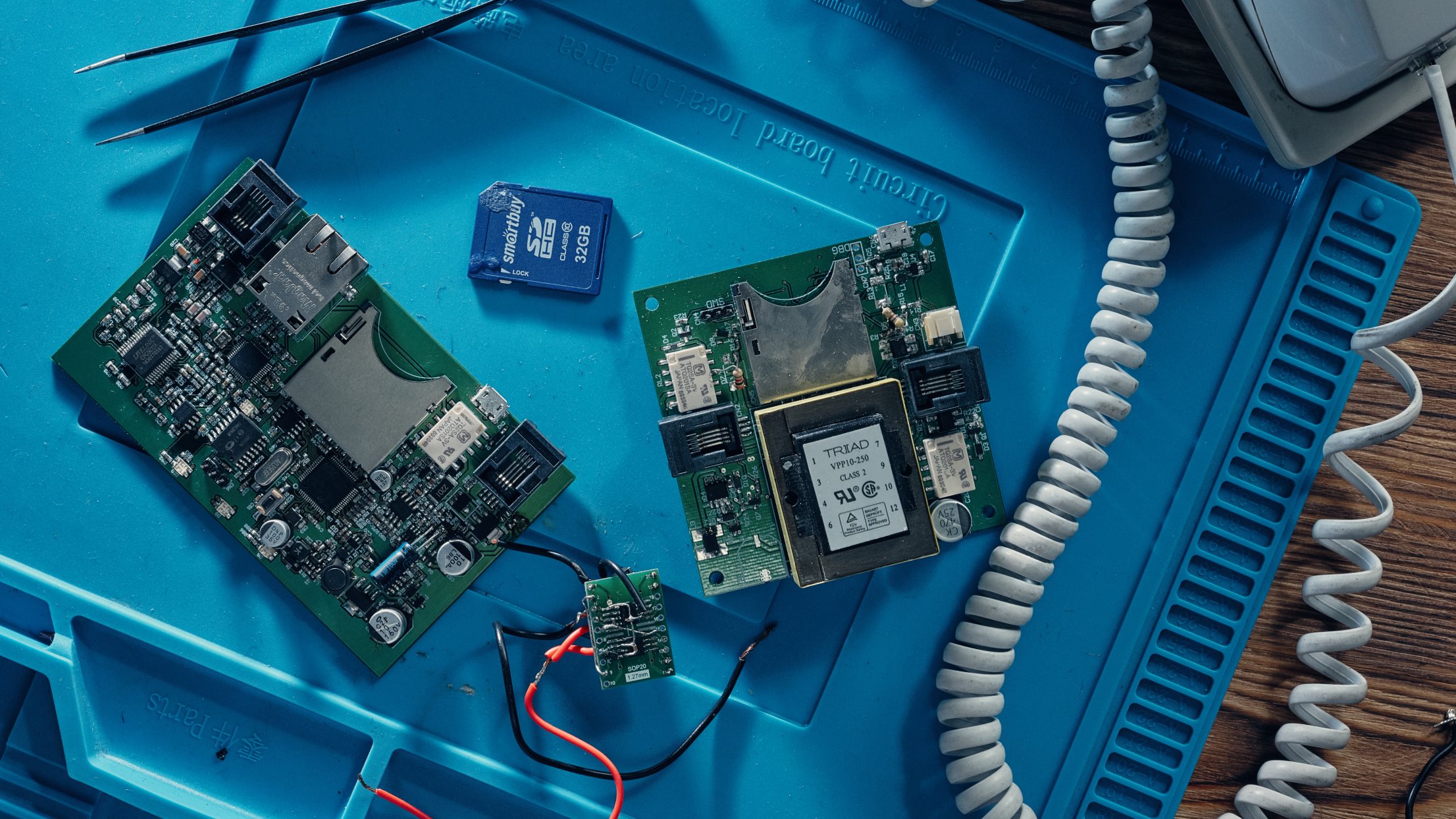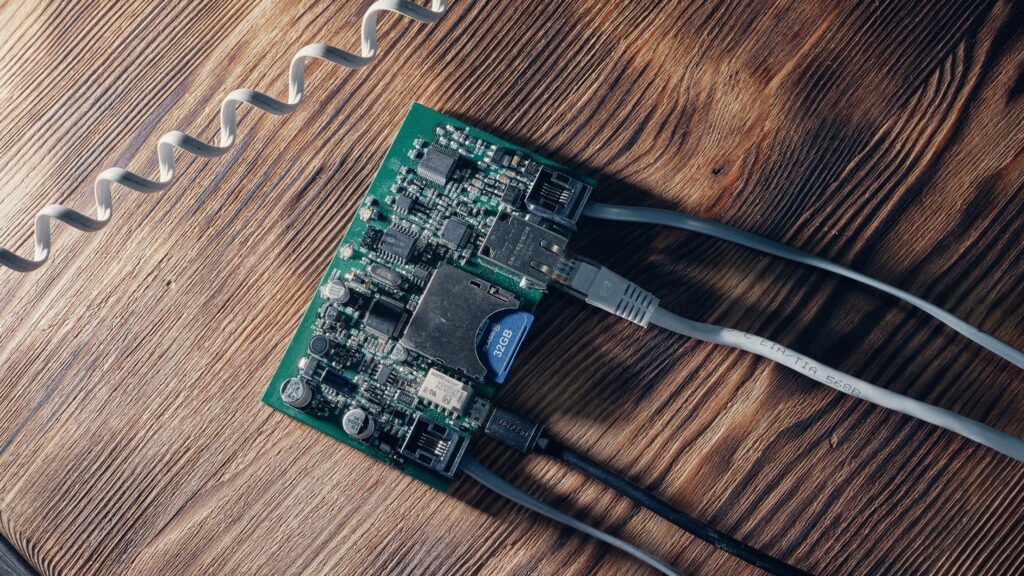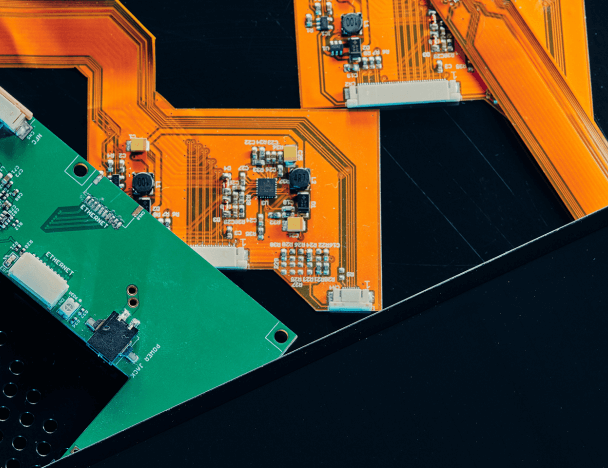This website uses cookies so that we can provide you with the best user experience possible. Cookie information is stored in your browser and performs functions such as recognising you when you return to our website and helping our team to understand which sections of the website you find most interesting and useful.
PBX Communications Device for Preventing Phone Fraud for Senior Citizens
Every year, thousands of people lose money to telephone scams. The majority of these victims are elderly. Crimes against the elderly continue to skyrocket each year. One way to protect people from telephone scammers is by using telecom technology.

Request
To build a device that blocks fraudulent calls, Johannes Kinscher, a private entrepreneur, decided to use the capabilities of a Private Branch Exchange (PBX) system. PBX is a private telephone network often used within an organization.
The idea of this phone system is that it allows the use of different communication channels like Voice over IP, ISDN or analog for letting users communicate internally within their company as well as externally with the outside world. With PBX you can transfer calls, use voicemail and interactive voice menus, record calls, and make call queues. These features of the private telephone network make it a great solution for a fraud-blocking device.
Johannes Kinscher was looking for experienced hardware engineers with specialized expertise in PBX programming.
Solution
Integra Sources was chosen to design PCB for a special device that helps avoid fraudulent calls. Our hardware development team implemented full-cycle printed circuit board design services from schematic design to prototyping assembly to testing.

Scope of work
- Schematics design
- PCB design
- Case design
- Generation files for the manufacturer
- Ordering the components and PCB manufacturing
- Prototyping assembly
- Hardware testing
- Debugging
Technologies used
- STM32F415 with Cortex-M4 core was used as MCU in this project.
- We built a high-efficiency 2-stage step-up converter from 5V to 150V for a ring signal.
- FreeRTOS was used for firmware development.
- The device has several connectors and LEDs.
- Altium Designer IDE was used for Schematics and PCB design.
- Microsoft Visual Studio with Visual GDB plugin was used for firmware implementation.
- The firmware was implemented using C/C++.
- SPI NOR flash and SD-Card is used to store audio data.
- ADC and DAC were used to capture and generate voice signals to the telephone line.
- For Ethernet communication, we used the Wiznet W5500 chip.
- To decode caller ID, a special FSK demodulator IC was used.
Result
Our client received a ready-for-manufacturing PCB for the telecommunications device used to protect senior citizens from phone scams. The device works as a mini-PBX but with one subscriber line. It connects between PBX and a user phone and fully emulates a PBX port.

The device is small in size and powered by a conventional 5V micro USB adapter used to charge mobile phones. It provides access to Ethernet LAN through an embedded port, has 2M bytes Flash storage, and an external SD card connector. We installed a high-performance STM32F415 microcontroller on the PCB to provide the ability for data encryption/decryption on a hardware level.
The part we like most about Integra was their intensive experience in the development space. That fact alone enabled us to predict and avoid a great number of costly unexpected situations that are quite common for such complex projects.
How it works
The device gets installed in the homes of senior citizens and gives them more control over the calls they receive. It attaches to the Public Switched Telephone Network and automatically blocks fraud calls. It also warns consumers about phone spam and helps them manually block unwanted calls.
For example, a senior citizen can create a whitelist that includes individual numbers of people who regularly call and won't be blocked. They can also add unwanted numbers to a blacklist. For numbers which aren't included on any list and who haven't called before, the caller will have to record a short message which a senior citizen will hear when they pick up the phone. They can then decide whether or not to accept the call.
The functionality of the telecom device
- Detect an incoming call
- Answer an incoming call
- Detect frequency-shift keying (FSK) modulation with caller ID information during an incoming call
- Catchline voice/tone signal for DTMF decoding and speech recording
- Play voice/tone to a phone line
- Ring to a user phone (sine signal 35V RMS)
- Detect the picking up of a phone by a user
- Transmit caller ID to a user phone while ringing
- Make an outgoing call
Challenges solved
- Generation of the high-voltage signal of 150V from low voltage 5V signal without using a transformer. The high-voltage source is used to power the phone line when a user is picking up a phone and for the generation of alternating ringing voltages.
- Generation of the alternating ringing voltage of 150V. This voltage is applied to a user's phone at the moment when the device is ringing.
- Galvanic isolation between a phone line and a power supply. We made it possible to detect the state of the line, the incoming call, tones, and the ability to transmit and receive audio signals.
- Analog-to-digital and digital-to-analog (ADC/DAC) signal conversions.
You might also like...

Video Streaming System Based on Raspberry Pi
The system was built for a US-based company that provides entertainment videos for wellness centers. The player reproduces videos in a certain order on Raspberry Pi devices.
LEARN MORE

A Control Panel for IoT-Based Smart Home Automation System
Within the scope of the project, the team developed three PCBs, a custom Linux image, and drivers for different modules of the smart home system.
LEARN MORE


